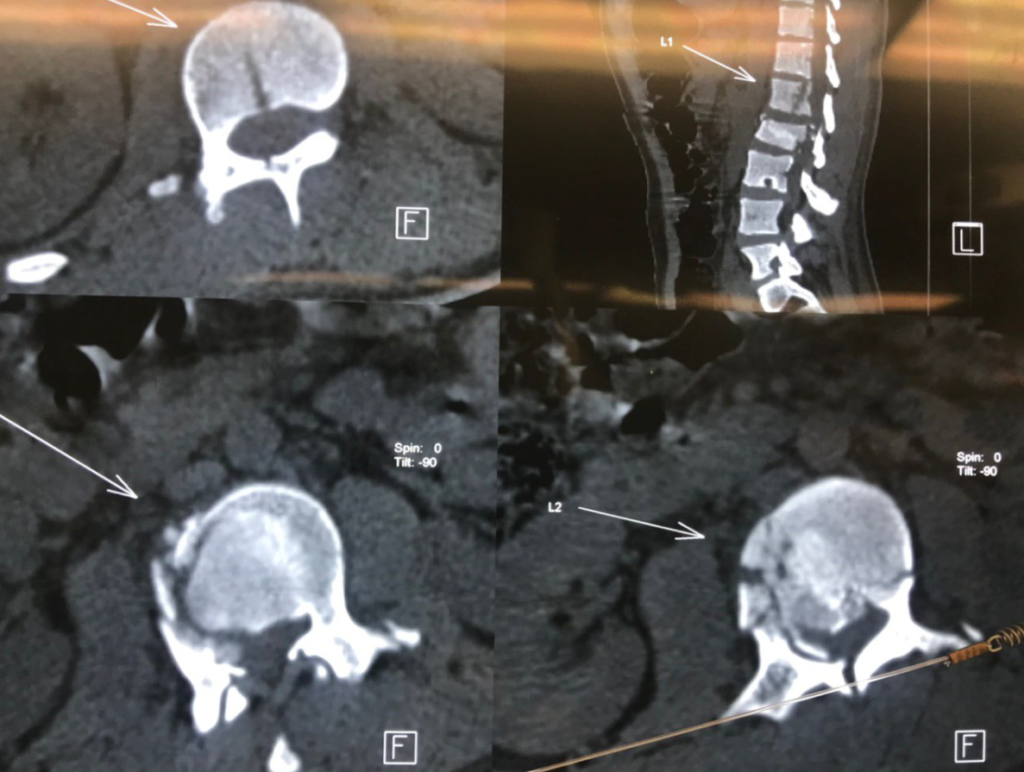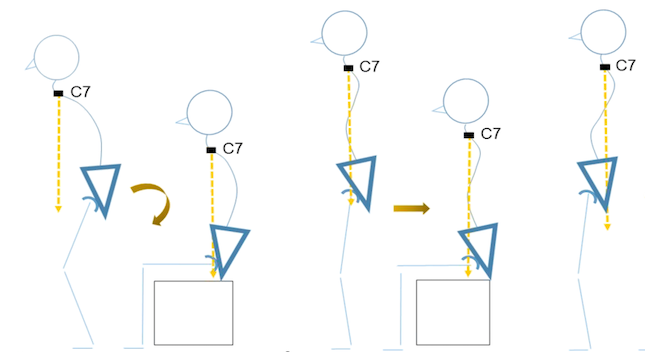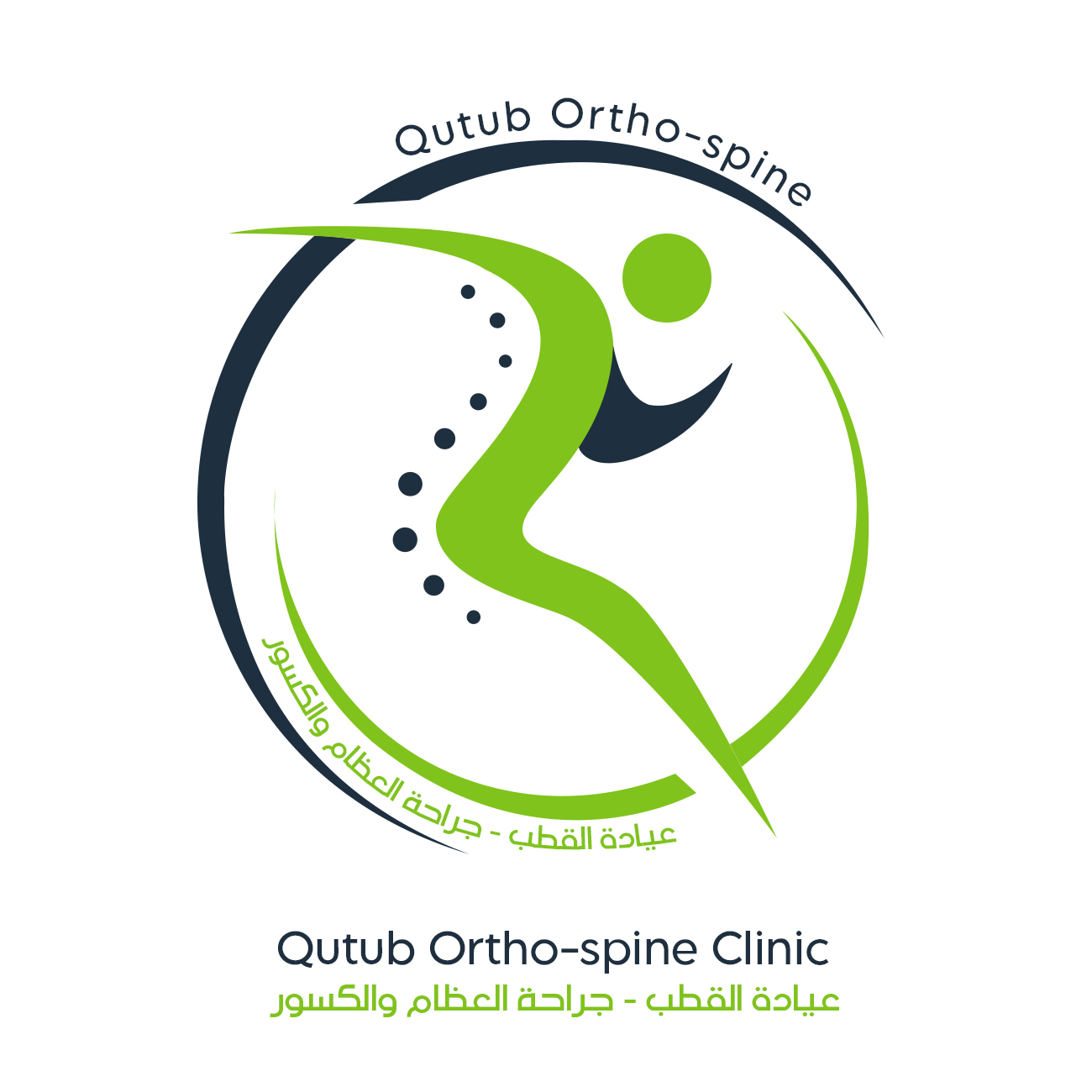Spine Surgery
The spine consists of 24 bones except the tail end. The spine is imperative to stand and to move. Any spinal problem may incapacitate daily physical activity. People may have spinal issues at any age. Most commons are spinal curvature problems like kyphosis and scoliosis at early ages, degenerative problems like disc hernia and unidentified back pain at middle ages and again degenerative issues and osteoporosis for elders. Spine is the most exposed bone to cancer in human body. Sometimes first diagnosis of cancer is made through spinal pain, a symptom caused by metastasis.
Our clinic provides treatment services for degenerative spine problems, spinal curvature and fracture conditions. Advanced deformity spine surgeries are attributed high level of risk in terms of complication possibility with respect to world average.

Whatare the treatment areas we provide?
- Idiopathic scoliosis
- Scheuermann kyphosis
- Complex spine deformities
- Congenital deformities
- Early life onset scoliosis and magnetic bar applications
- Tuberculosis sequel kyphosis
- Neuromuscular deformities
- Syndromical deformities
- Spinal degenerative problems
- Sudden developing back and neck pain solutions
- Minimal invasive operations
- Herniated disc and cervical disc hernia
- Slipped disc
- Spinal cord stenosis
- Aging spine
- Osteoporosis (bone loss) treatment.
- Osteoporotic spine fractures
- Spinal trauma (fracture and injury) and related late deformities
- Spinal tumors and metastatic tumors in spine
- Spine infections

When should we consult a doctor?
- Low back pain and pain spreading to the leg
- Neck pain and back pain to the arms
- Numbness and weakness in the legs
- Numbness and weakness in hands
- Shoulder imbalance
- Breast asymmetry
- Body posture disorder

Scoliosis in children – curvature of spine
Children before the age of 10 with scoliosis (curvature of spine) may have many problems such as respiratory problems. Scoliosis, which starts at an early age, may progress rapidly depending on physical development of the child. Watchful parents can easily understand whether their children have scoliosis or not. Due to early diagnosis it can be treated at an early age.
- Hairing on the back, color changes and dimples
- Balance disorder
- Tread protrusion when forward bending
- Inequality of each shoulder level
- Side posture on waist or hips
- Disproportionate posture of legs

